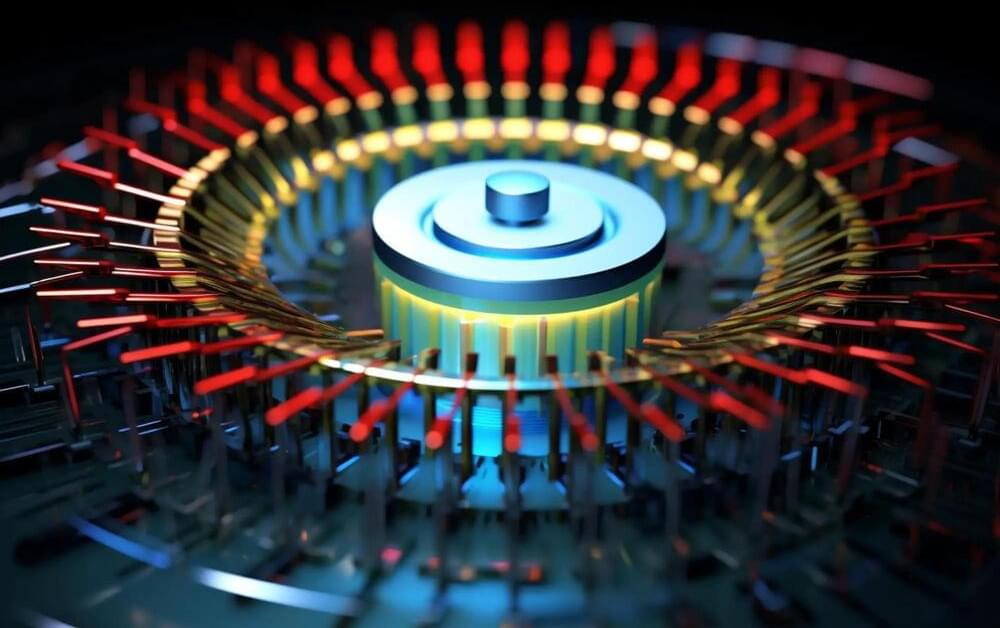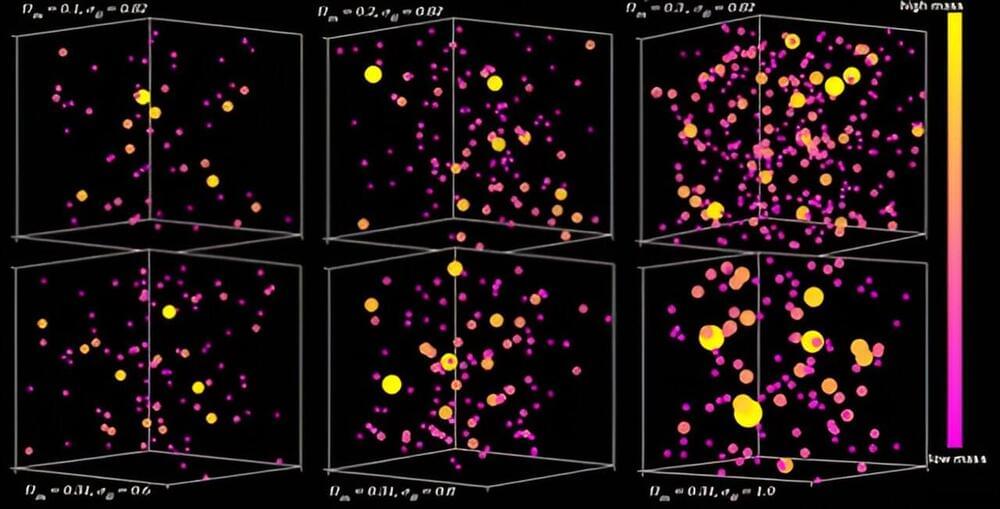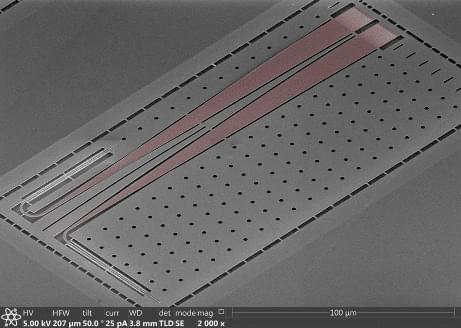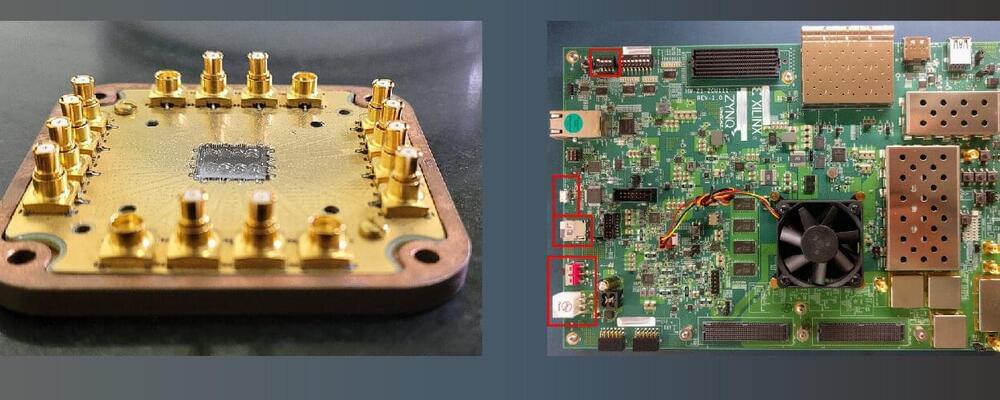Any physical object, alive or inanimate, is composed of atoms and subatomic particles that interact in different ways governed by the principles of quantum mechanics. Some particles are in a pure state—they remain fixed and unchanged. Others are in a quantum state—a concept that can be difficult to understand because it involves having a particle occupy multiple states simultaneously. For instance, an electron in a pure state spins up or down; in a quantum state, also referred to as superposition, it spins up and down simultaneously. Another quantum principle states that particles can be in a state of entanglement in which changes in one directly affect the other. The principles of superposition and entanglement are fundamental to quantum computing.
Quantum bits, or qubits, are the smallest units of data that a quantum computer can process and store. In a pure state, qubits have a value of 1 or 0, similar to the bits used in computing today. In superposition, they can be both of these values simultaneously, and that enables parallel computations on a massive scale. While classical computers must conduct a new calculation any time a variable changes, quantum computers can explore a problem with many possible variables simultaneously.
Existing computers, although sufficient for many applications, can’t fully support all of the changes required to create a connected and intelligent-mobility ecosystem. Quantum computing (QC) could potentially provide faster and better solutions by leveraging the principles of quantum mechanics—the rules that govern how atoms and subatomic particles act and interact. (See sidebar, “Principles of quantum computing,” for more information). Over the short term, QC may be most applicable to solving complex problems involving small data sets; as its performance improves, QC will be applied to extremely large datasets.









